Which trees have resin and why?
Already sniffed the wonderful scent of resin? And did you know that not all trees have it
and how others compensate for it? Here are the answers.
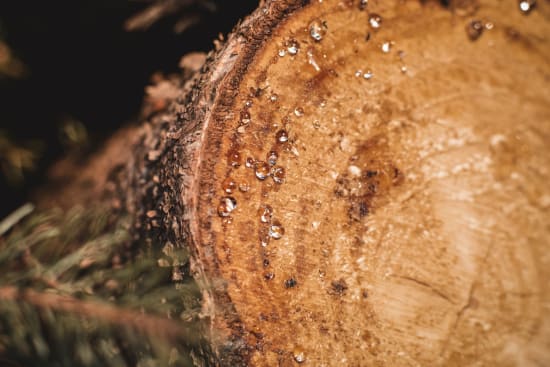
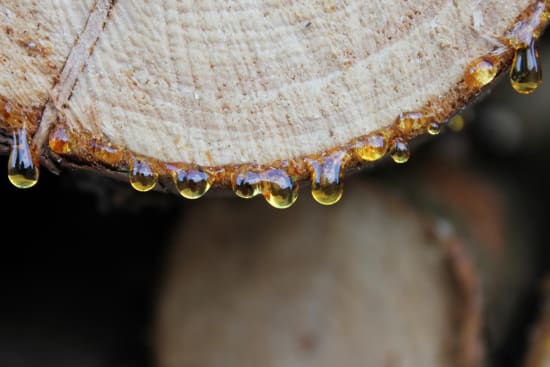
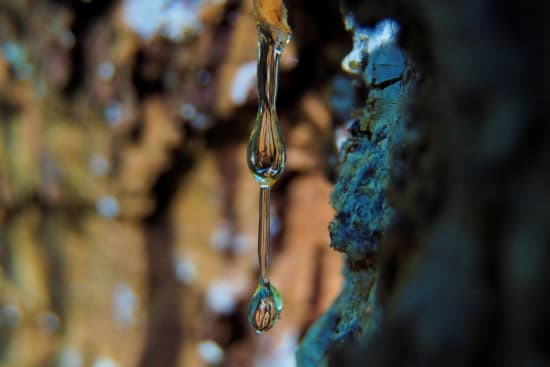
Self-help: nature's box of tricks
Basically, it's about the wound healing of the trees. Since conifers grow slowly, they cannot close wounds fast enough. That's why they have the wonder drug resin at their disposal. Faster growing deciduous trees, on the other hand, form a scar called callus. This always develops where the tree is injured and has the task of covering the wound. Just like the resin in conifers, the callus also closes
the wound, preventing the underlying tissue or wood from rotting.
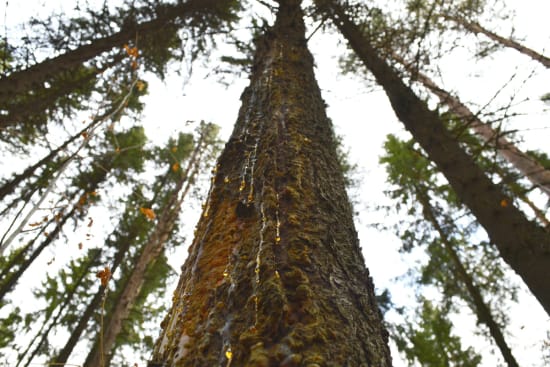
Resin is also protecting against predators
Resin is important for the entire coniferous tree. This is because resin is a substance in the needles that spoils the appetite of predators. If, for example, a louse inserts its proboscis into the needle, the tree reacts. The liquid from the resin cells runs into the puncture wound and closes the hole. The louse often loses its desire or, if it is unlucky, sticks to it. The conifer tree reacts similarly to invaders in the bark, such as beetles. Once these bore into the tree, resin clogs the passageway and prevents them from advancing.
Beetles often also remain trapped by the resin as they retreat.
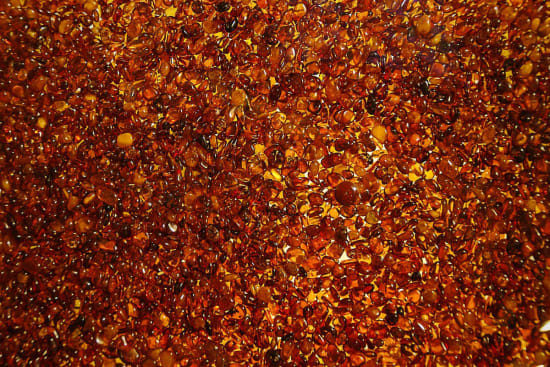
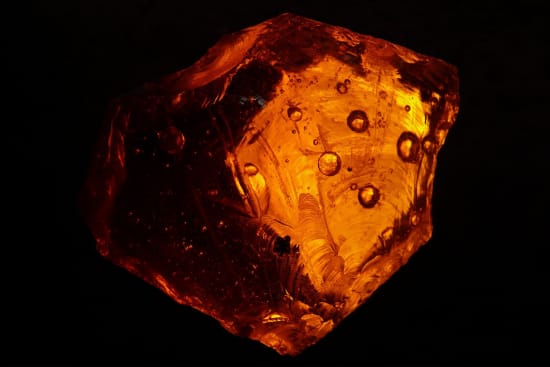
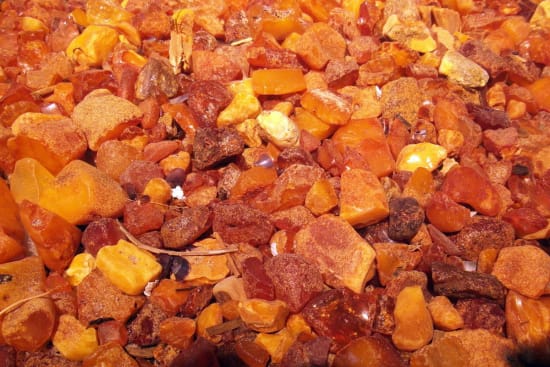
Amber is fossilized resin
Did you know that amber is fossilized tree resin? The golden-yellow stone develops under many sediment layers and is older than one million years. The special thing about amber is hidden inside. Insects that stuck to the tree's resin ages ago can be found in the fossilized resin chunks: spiders, ants and flies, but also ferns, barks, leaves and needles. They can all be seen
tightly sealed in transparent amber. No wonder, then, amber is used for jewelry too.
More about Indian Summer
When is Indian Summer in Canada?
When you talk about Indian Summer, you almost automatically think of Canada. But when does this wonderful time take place there? And where is it most beautiful?
Why Indian Summer?
Why is it called Indian Summer? Here you will find a plausible guess, a beautiful legend, and the meaning of the leaf colors for Iroquois.
Why do only leaves fall, but no needles?
Why do deciduous trees lose their leaves in autumn, but conifers do not lose their needles? And why is the larch an exception? Find the answers here.
Which trees have resin and why?
Already sniffed the wonderful scent of resin? And did you know that not all trees have it and how others compensate for it? Here are the answers.
Fall Rituals
Whether harvest festivals, Celtic Mabon, incenses, or very personal rituals: they are made to enjoy the magical fall to the fullest.
World Smile Day - keep smiling!
With a smile, you make yourself and others happy. Here you can find out how World Smile Day came about and how it is connected to the first smiley.
Halloween
Halloween originates from Ireland. But what do Celts have to do with this festival? Where does the «trick or treat» and illuminated pumpkins come from? Here are the answers.









